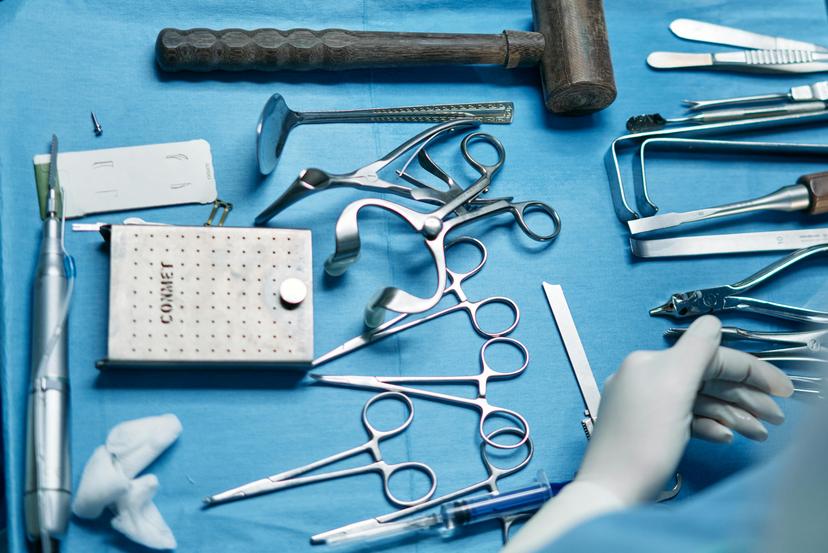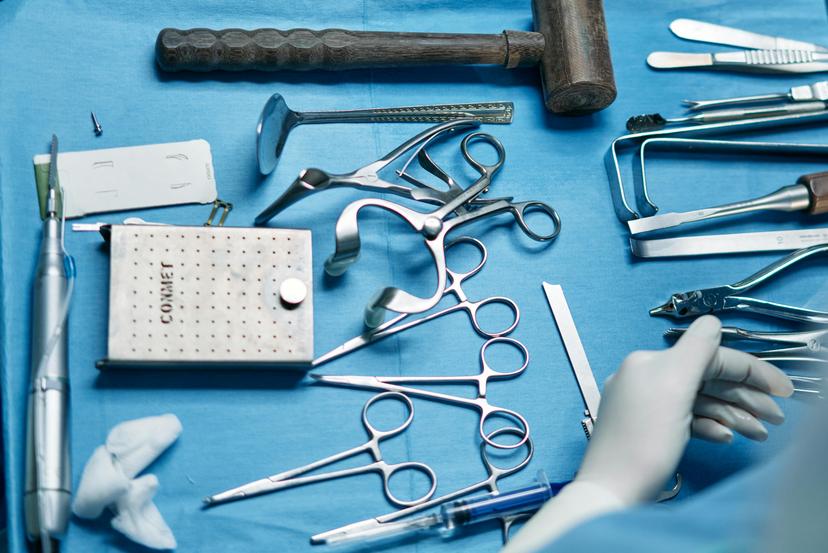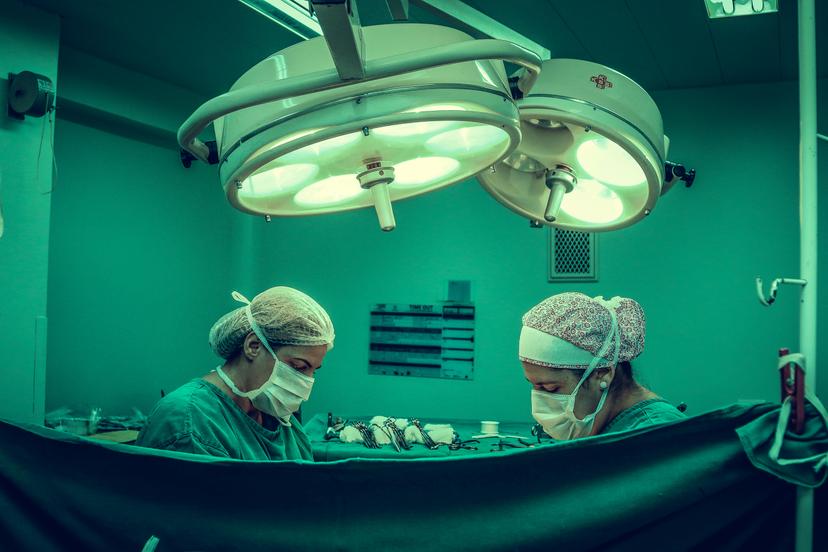
Laparoscopic vs Open Appendix Surgery: Which is Best?
27 Oct, 2024
 Healthtrip
HealthtripWhen it comes to treating appendicitis, surgery is often the most effective solution. However, with the advancement of medical technology, patients are now faced with a choice: laparoscopic surgery or open surgery. Both methods have their advantages and disadvantages, and understanding the differences between them can help individuals make an informed decision about their care. In this article, we will delve into the world of laparoscopic and open appendix surgery, exploring the benefits and drawbacks of each approach, and what patients can expect during the recovery process.
The Basics of Laparoscopic Surgery
Laparoscopic surgery, also known as keyhole surgery, is a minimally invasive procedure where several small incisions are made in the abdomen, and a laparoscope (a thin, lighted tube with a camera) is inserted to visualize the appendix. The surgeon then uses specialized instruments to remove the inflamed appendix. This approach is often preferred by surgeons and patients alike due to its numerous benefits, including less post-operative pain, shorter hospital stays, and faster recovery times. Additionally, laparoscopic surgery results in smaller scars, which can be a significant advantage for individuals who are concerned about cosmetic appearance.
Most popular procedures in India
One of the most significant advantages of laparoscopic surgery is its ability to reduce the risk of wound infections. With smaller incisions, there is less opportunity for bacteria to enter the body, resulting in a lower risk of complications. Furthermore, laparoscopic surgery allows surgeons to visualize the appendix and surrounding tissues more clearly, enabling them to remove the appendix more accurately and reducing the risk of complications.
Who is a Good Candidate for Laparoscopic Surgery?
While laparoscopic surgery is a popular choice for many patients, it may not be suitable for everyone. Individuals with complex medical conditions, such as heart disease or bleeding disorders, may be better suited for open surgery. Additionally, those who have had previous abdominal surgeries or have a history of bowel obstruction may not be eligible for laparoscopic surgery. It is essential for patients to discuss their medical history and any concerns with their surgeon to determine the best course of treatment.
Wellness Treatments
Give yourself the time to relax
Lowest Prices Guaranteed!

Lowest Prices Guaranteed!
The Basics of Open Surgery
Open surgery, also known as traditional surgery, involves making a single, larger incision in the abdomen to access the appendix. This approach is often necessary for more complex cases, such as those with perforated appendicitis or when the appendix has ruptured. Open surgery allows surgeons to visualize the appendix and surrounding tissues more clearly, enabling them to remove the appendix more accurately and reducing the risk of complications.
One of the primary advantages of open surgery is its ability to provide surgeons with a more comprehensive view of the abdominal cavity. This can be particularly beneficial in cases where the appendix has ruptured, and there is a risk of infection spreading to other areas of the body. Additionally, open surgery may be necessary for patients who have had previous abdominal surgeries or have a history of bowel obstruction.
Recovery Time and Pain Management
Recovery time and pain management are critical aspects of both laparoscopic and open surgery. While laparoscopic surgery is often associated with less post-operative pain, open surgery can result in more significant discomfort. However, with the advancement of pain management techniques, patients can expect to experience minimal discomfort during the recovery process. In terms of recovery time, laparoscopic surgery typically results in a shorter hospital stay, with patients often returning to their normal activities within a week. Open surgery, on the other hand, may require a longer hospital stay, with patients often taking several weeks to recover.
Healthtrip: A Game-Changer in Medical Tourism
For individuals who are seeking medical treatment abroad, Healthtrip can be a game-changer. By providing a platform that connects patients with top-rated hospitals and surgeons, Healthtrip enables individuals to access high-quality medical care at an affordable price. With a network of medical professionals and hospitals around the world, Healthtrip can facilitate the entire process, from initial consultation to post-operative care. Whether patients are seeking laparoscopic or open surgery, Healthtrip can help them find the best possible treatment option for their needs.
In conclusion, both laparoscopic and open surgery have their advantages and disadvantages. By understanding the differences between these two approaches, patients can make an informed decision about their care. Whether individuals choose laparoscopic or open surgery, it is essential to prioritize their health and seek medical attention promptly if they are experiencing symptoms of appendicitis. With the advancement of medical technology and the rise of medical tourism, patients have more options than ever before. By taking control of their health and seeking the best possible treatment, individuals can ensure a speedy recovery and a return to optimal health.
Related Blogs

Laparoscopic Thyroidectomy: A Safe and Effective Treatment for Thyroid Disorders
Explore the benefits of laparoscopic thyroidectomy, a minimally invasive surgical

Laparoscopic Pancreatectomy: A Minimally Invasive Treatment for Pancreatic Disorders
Learn about the benefits of laparoscopic pancreatectomy, a minimally invasive

Laparoscopic Liver Resection: A Minimally Invasive Approach to Liver Cancer Treatment
Discover the benefits of laparoscopic liver resection, a minimally invasive

Laparoscopic Splenectomy: A Safe and Effective Treatment for Spleen Disorders
Explore the benefits of laparoscopic splenectomy, a minimally invasive surgical

Laparoscopic Adrenalectomy: A Minimally Invasive Treatment for Adrenal Gland Disorders
Learn about the benefits of laparoscopic adrenalectomy, a minimally invasive

Laparoscopic Colorectal Surgery: A Minimally Invasive Approach
Discover the benefits of laparoscopic colorectal surgery, a minimally invasive










